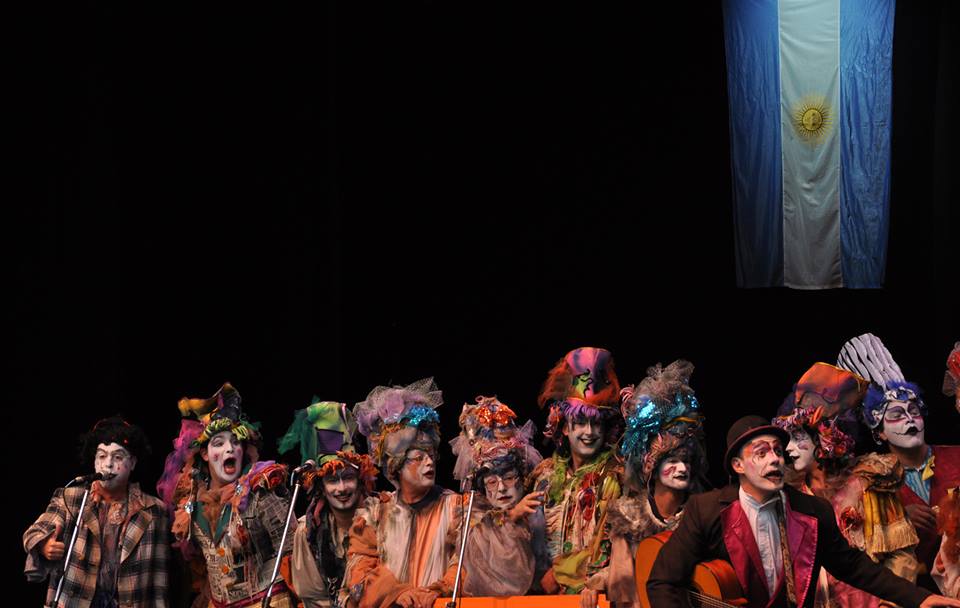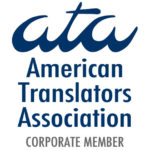In the 21st century, thanks to the economic and business-related effects of globalization, knowing how to speak, read, listen and write in just two languages is simply not enough. It’s not enough to guarantee success for recent graduates who are applying for a job or for professionals who are looking to climb further up the industry ladder.
Statistics
The most widely-spoken languages across the world to date are Chinese, Spanish and English. It’s interesting to note that, even though English is by far considered to be one of the most important languages to learn for travel, business and professional development reasons, there are more Chinese and Spanish speakers in the world than English speakers. 1.2 billion people in the world speak Chinese, 329 million speak Spanish and only 328 million speak English.
With statistics like these, it would seem that investing in English, Spanish and Chinese would be a worthwhile activity for most people, particularly those who are interested in travel or international business opportunities. However, a much deeper analysis of this data is required before jumping to such a simple conclusion.
The basic fact that 1.2 billion people in the world speak Chinese doesn’t necessarily mean that all professionals looking to improve their employability are going to benefit from learning Chinese. There’s also little reason to assume that all travel fanatics will benefit from learning Chinese. Emigration figures across the globe continue to rise, but again, not all emigrants will need to invest in Chinese lessons in order to integrate comfortably into their new places of residence.

Professions and industries which look for multi-linguists
Aside from language statistics, it’s important to take a closer look at particular professions and industries. It’s fairly obvious that professionals working in the travel and tourism industry would benefit from learning more than two languages, but there’s a huge range of other professions which, thanks to globalization and growing international business opportunities, place heavy emphasis on multilingual skills when interviewing potential employees.
Finance, law, sales, marketing, engineering, health, construction and technical careers are just some of the industries in which knowledge of at least three languages is fast becoming a prerequisite for most positions. The World Cup 2014 and Olympics 2016 in Brazil have brought about a huge increase in the demand for Portuguese speakers in the construction industry and in other commercial sectors which are directly involved in the development of both global sporting events. This goes to show that context and world events has just as much to do with which languages are in demand or “in vogue” as the number of people who speak that language worldwide.
Languages which are becoming useful thanks to recently developing markets
Spanish, English, Portuguese, French, Italian and German have been popular languages to learn for a number of decades, but recent developments throughout the first decade of the 21st century have contributed to a developing interest in other languages which haven’t been under the language-learning spotlight until now.
Chinese, Japanese, Arabic and Russian are four of those languages. The expansion of the Internet and the growing impact of globalization have contributed to the development of unknown markets in countries including Japan and Russia. Global business ideas and projects in these countries are beginning to develop at a steady pace and the need for language specialists who can negotiate with business executives in these countries is becoming more and more important by the day.
The Internet and immigration
The Internet is one of the main reasons why knowing just two languages is no longer enough, particularly when it comes to business and international relations. In 2000, the Internet was dominated by English language speakers.
20 million internet users spoke Spanish, 34 million spoke Chinese and 187 million spoke English. 11 years later in 2011, things had changed incredibly. 164 million internet users spoke Spanish, 509 million spoke Chinese and 565 million spoke English. English is no longer such a dominating force in the global market and this is starting to generate significant repercussions in the language prerequisites set forth by employers of international companies for prospective employees.
However, it’s important to again reiterate at this point that context is essential when deciding in which languages one should be investing his or her dedication and money. Chinese might be fast catching up to English on the Internet and Russia might be one of the fastest developing unknown markets across the globe, but if you live and work in the U.S., the bilingual combination of Spanish and English is probably still the most important language combination for you to become fluent in.
Every year, between 700 thousand and one million people legally migrate to the U.S. and more than 50% of these immigrants come from Spanish-speaking countries. Anything from doing business, to making friends, to studying or to marketing to consumers in the U.S. is becoming more and more essential in both English and Spanish.
The facts
Regardless of which languages we should be learning, one single fact is strikingly clear: knowing just two languages in the 21st century is fast becoming redundant. Globalization, immigration and advances in technology are forcing us down the multilingual path, whether we are prepared for it or not.















